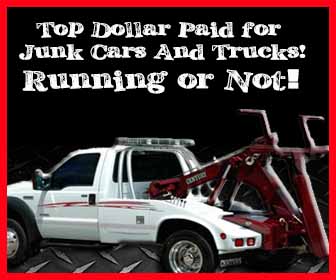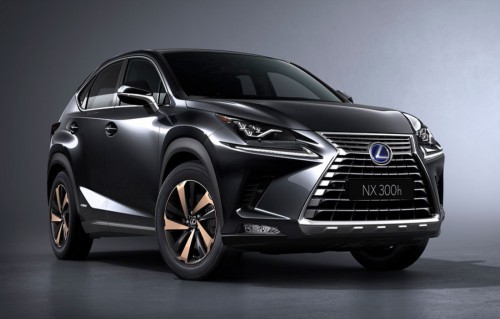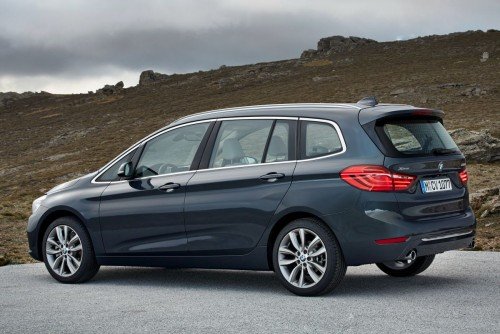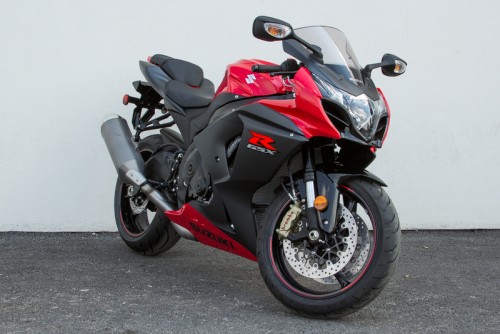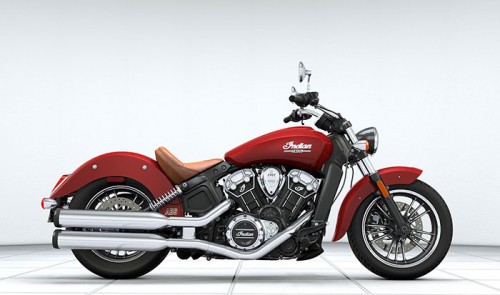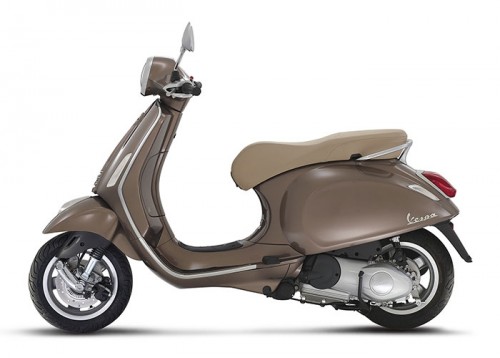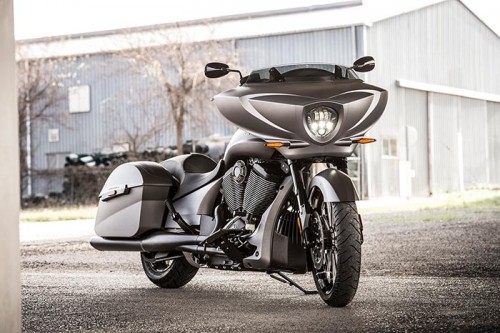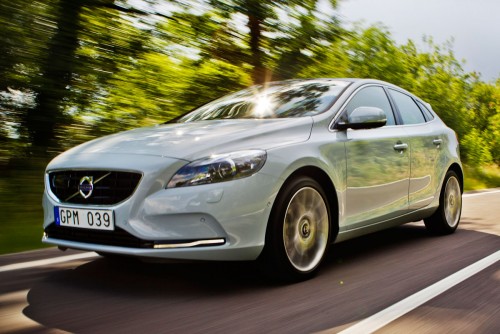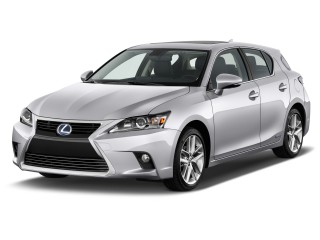About Morgan
Company history
Henry Frederick Stanley Morgan, generally known as "HFS", was an employee of the Great Western Railway, who bought his first car in 1902 at the age of 21. In 1904, he left his railway job and co-founded a motor sales and servicing garage in Malvern Link. In 1909, he designed and built car for his own use. He began production a year later and the company prospered. Morgan continued to run it until he died at age 77 in 1959.
Peter Morgan, son of HFS, ran the company until a few years before his death in 2003. He was replaced as Chairman by Alan Garnett, a non-family director, from 2003 to 2006. On his departure, a 4-man management team was set up consisting of Matthew Parkin, Tim Whitworth, Steve Morris and Charles Morgan, (Peter Morgan's son). In 2010, Mr. Parkin left the Company and Charles Morgan was named Managing Director. In January of 2013 Mr. Morgan was removed as Managing Director and Steve Morris took that title. Some months later, in October of 2013, Mr. Morgan was fired as an employee and a majority of the shareholders removed him from the Board of Directors. At the end of 2013, the shareholders appointed Andrew Duncan, a local solicitor and friend of the Late Peter Morgan, as the first company Chairman since 2006.
V-Twin three-wheelers (1911–1939)
H.F.S. Morgan's first car design was a single-seat three-wheeled runabout, which was fabricated for his personal use in 1909. Interest in his runabout led him to patent his design and begin production. While he initially showed single-seat and two-seat versions of his runabout at the 1911 Olympia Motor Exhibition, he was convinced at the exhibition that there would be greater demand for a two-seat model.The Morgan Motor Company was registered as a limited private company only in 1912 with "H.F.S." Morgan as managing director and his father, who had invested in his son's business, as its first chairman.
Morgan established its reputation via competition such as winning the 1913 Cyclecar Grand Prix at Amiens in France. This became the basis for the 'Grand Prix' model of 1913 to 1926, from which evolved the 'Aero', and 'Sports' models.
These models used air-cooled or liquid-cooled variations of motorcycle engines. The engine was placed ahead of the axis of the front wheels in a chassis made of steel tubes brazed into cast lugs.
The V-Twin models were not returned to production after World War II.
F-Series three-wheelers (1932–1952)
The Morgan F-4 was introduced in 1933 at the Olympia Motor Cycle Show. The F-4 had a new pressed-steel chassisthe four-cylinder Ford Sidevalve engine used in the Model Y, and a four seat body. The F-4 was supplemented by the two-seat F-2 in 1935 and the more sporting F Super, with cycle-type wings and louvred bonnet tops, in 1937. Production of the Ford-engined three-wheelers continued until 1952.
Postwar four-wheel cars
The Morgan +4 was introduced in 1950 as a larger-engined ("plus") car than the 4–4. The +4 used the 2088 cc Standard Vanguard engine, while the 4–4 used a Standard Special 1267 cc engine (1950–58). Later +4s used Triumph TR2–TR4 engines (1954–1969). Plus 4 production was suspended in 1969 but brought back in 1985 with a Fiat engine (1985–1988) and then a 4-cylinder Rover engine (1988–2000). Production was again suspended and the Plus 4 returned once more in 2004 with a 155 bhp (116 kW; 157 PS) Ford 4-cylinder.
Morgan +4+
Main article: Morgan +4+
A version of the +4, designated the +4+, was made from 1964 to 1967 with a contemporary fibreglass coupe body. The light weight and reduced drag characteristics improved the performance of the +4+ over the regular +4 in every aspect. However, the traditional Morgan enthusiasts did not embrace this departure from Morgan custom, and mainstream enthusiasts did not embrace the seemingly archaic +4 chassis. Only 26 +4+ cars were built.
Limited edition Plus 4 model is re-introduced in the year 2014 as Plus 4 Super Sports where only 60 cars are made available and each car will be right hand drive.
2011 Morgan 3 Wheeler
The Morgan Motor Company announced that they would launch the "3 Wheeler" in 2011 at the Geneva Motor Show. The 3 Wheeler was initially said to have a Harley-Davidson Screaming Eagle V-twin engine and a Mazda 5-speed manual transmission, and was estimated to deliver 115 horsepower (86 kW) at the rear wheel. However, there was a surprise when the prototype that was shown at Geneva had an S&S engine. Production three-wheelers turned out to have S&S engines. The kerb weight was originally estimated to be less than 500 kilograms (1,102 lb),but the final weight was tested at 550 kg. The acceleration from zero to 60 miles per hour (97 km/h) was estimated by Morgan to occur in 4.5 seconds, with an (estimated) top speed of 115 miles per hour (185 km/h). The three-wheeler is to be homologated as a motorcycle in the United States. The company states that 850 deposits have been taken since the announcement in 2011. Customer deliveries began in Europe in February 2012. USA deliveries are not expected before June 2012, when the first imported three-wheeler was displayed in New York City and at the Greenwich Concours d'Elegance. The Morgan 3 Wheeler was featured in a Series 18 episode of UK motoring show Top Gear where presenter Richard Hammond picked the Morgan 3 Wheeler in a comparison of track-day cars. The 3 Wheeler won the "Not-A-Car of the Year 2011" in Top Gear.
Availability to the United States
For part of the 1950s and 1960s, the USA provided the company with its largest market worldwide, taking up to 85% of all production.[18] This ended with the first wave of US safety and emission regulations in 1971. For many years (1974 to 1992), all Morgans imported into the United States were converted to run on propane as fuel to pass the U.S. emissions regulations. However, this conversion, along with bringing the cars into compliance with U.S. vehicle safety leglislation, was carried out by the dealership, and not by the factory, making the cars grey market vehicles.
However, when the Rover Group re-certified their V8 engine for use in the Range Rover 4x4 sold in the U.S., Morgan was able to use the same engine for a fully U.S.-compliant stock Morgan from 1992 to 1996,[citation needed] and again from 1998 to 2004.[citation needed] In 2005, the engine was replaced with the U.S. version of another traditionally shaped model (with a V6), called the Roadster.
Models
- 1909 Runabout
- 1911–1939 V-Twin 3-wheeler
- 1932–1952 F-Series 3-wheeler
- Since 1936 4/4 Two-Seater and Four-Seater
- 1950–1969 Plus 4
- 1964–1967 Plus 4 Plus
- 1968–2004 (and 2012-) Plus 8
- 1985–2000 Plus 4
- 2001–2009 Aero 8
- Since 2004 V6 Roadster
- Since 2005 Plus 4
- 2006-pending Morgan Lifecar
- 2008–2009 Morgan AeroMax
- Since 2009 Morgan 4/4 Sport
- 2010–present Morgan Aero SuperSports
- 2010–pending Morgan Eva GT
- 2011–pending Morgan Plus E
- 2011 Morgan Plus 4 Supersports
- 2011-present Morgan Anniversdary 4/4
- 2012-present Morgan Aero Coupe
- 2012-present Morgan 3 Wheeler
- 2012-present Morgan Plus 8
- 2012-present Morgan Roadster 3.7




 Home
Home






